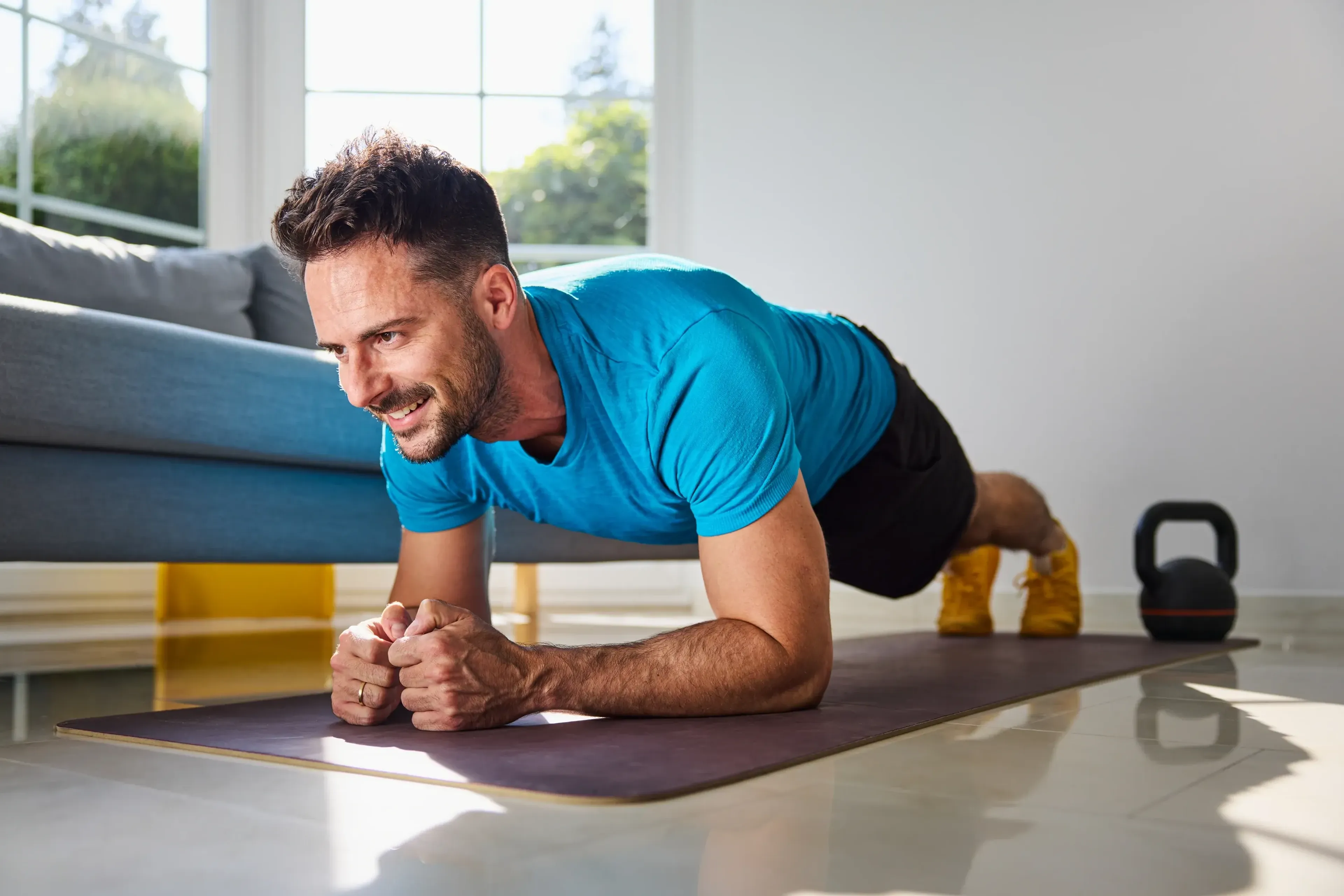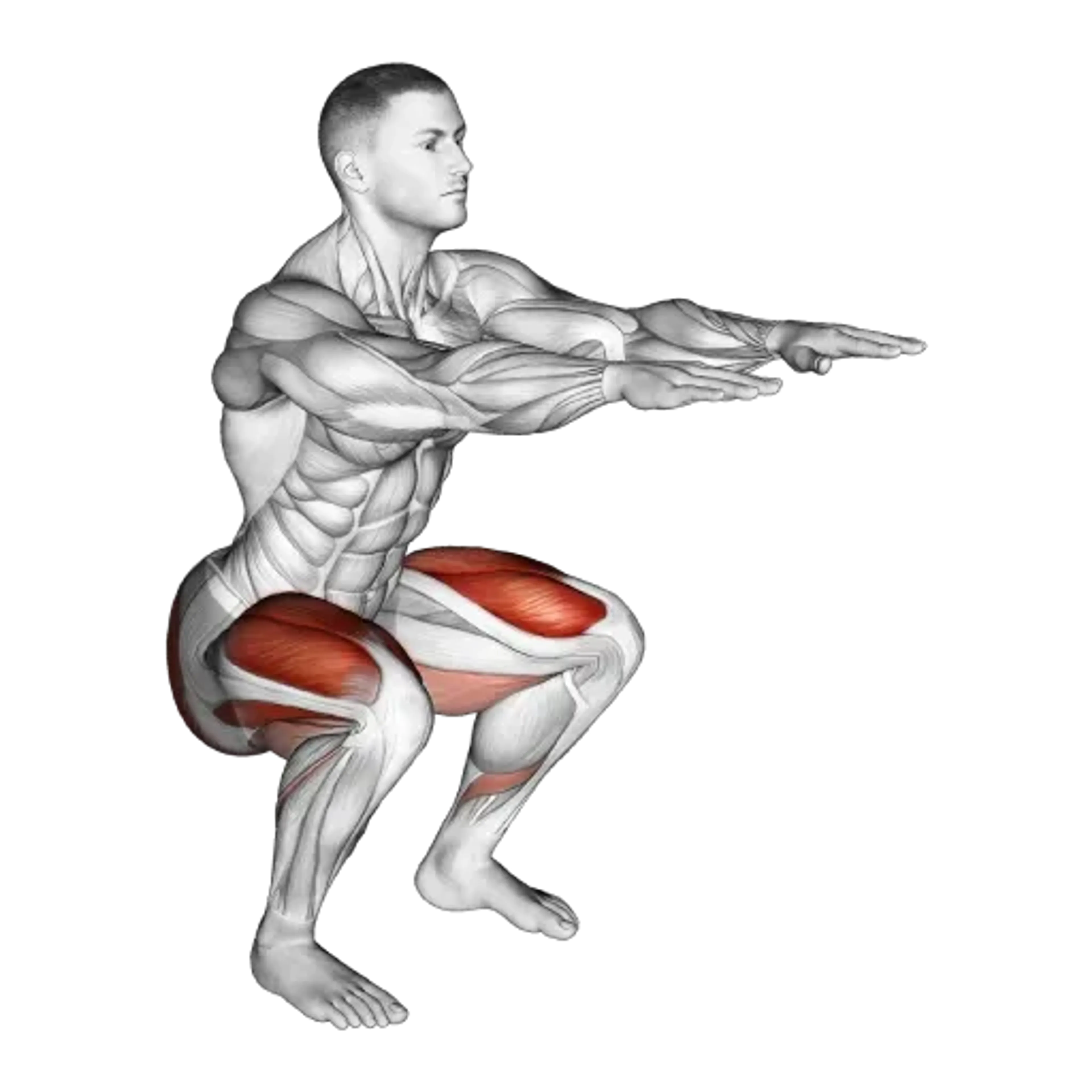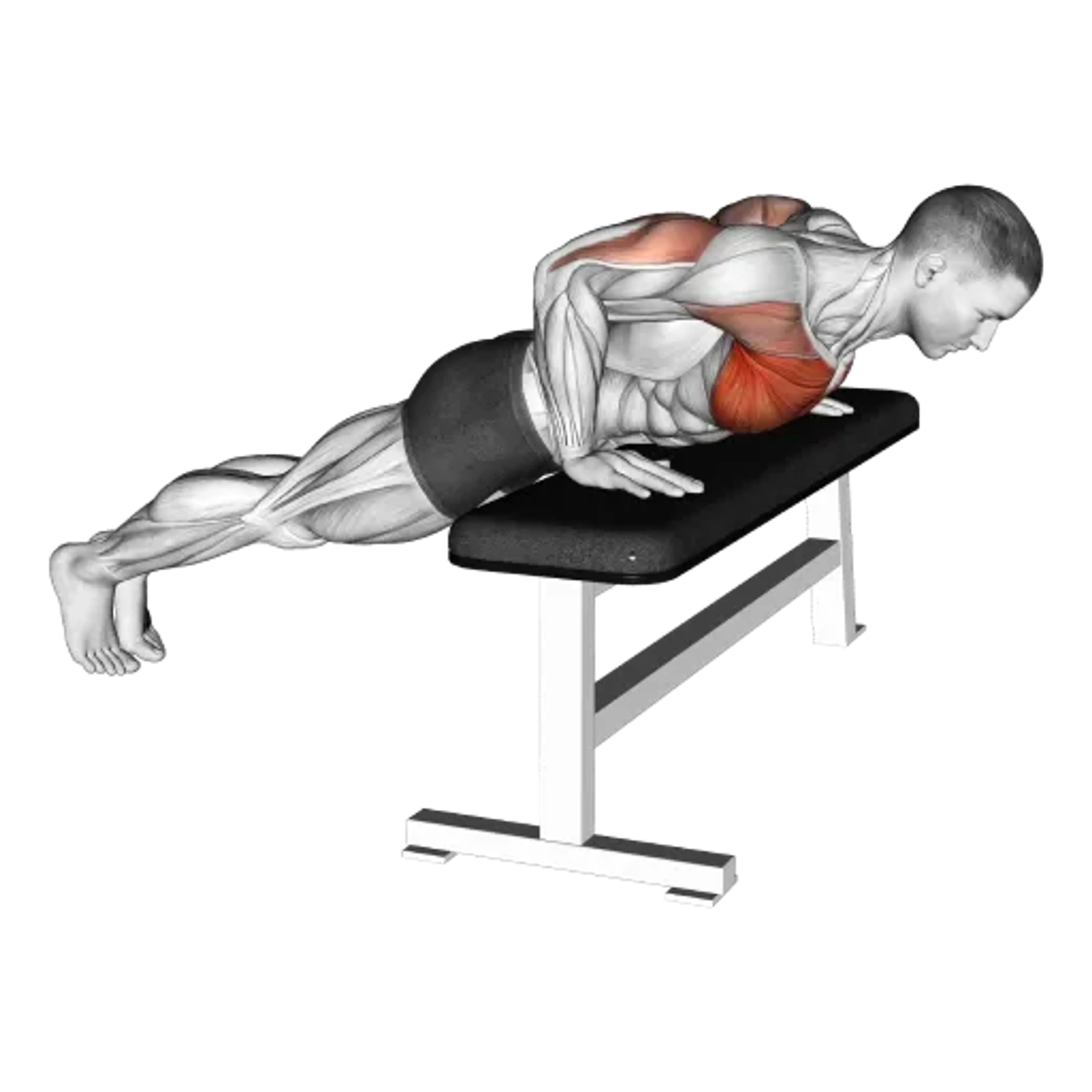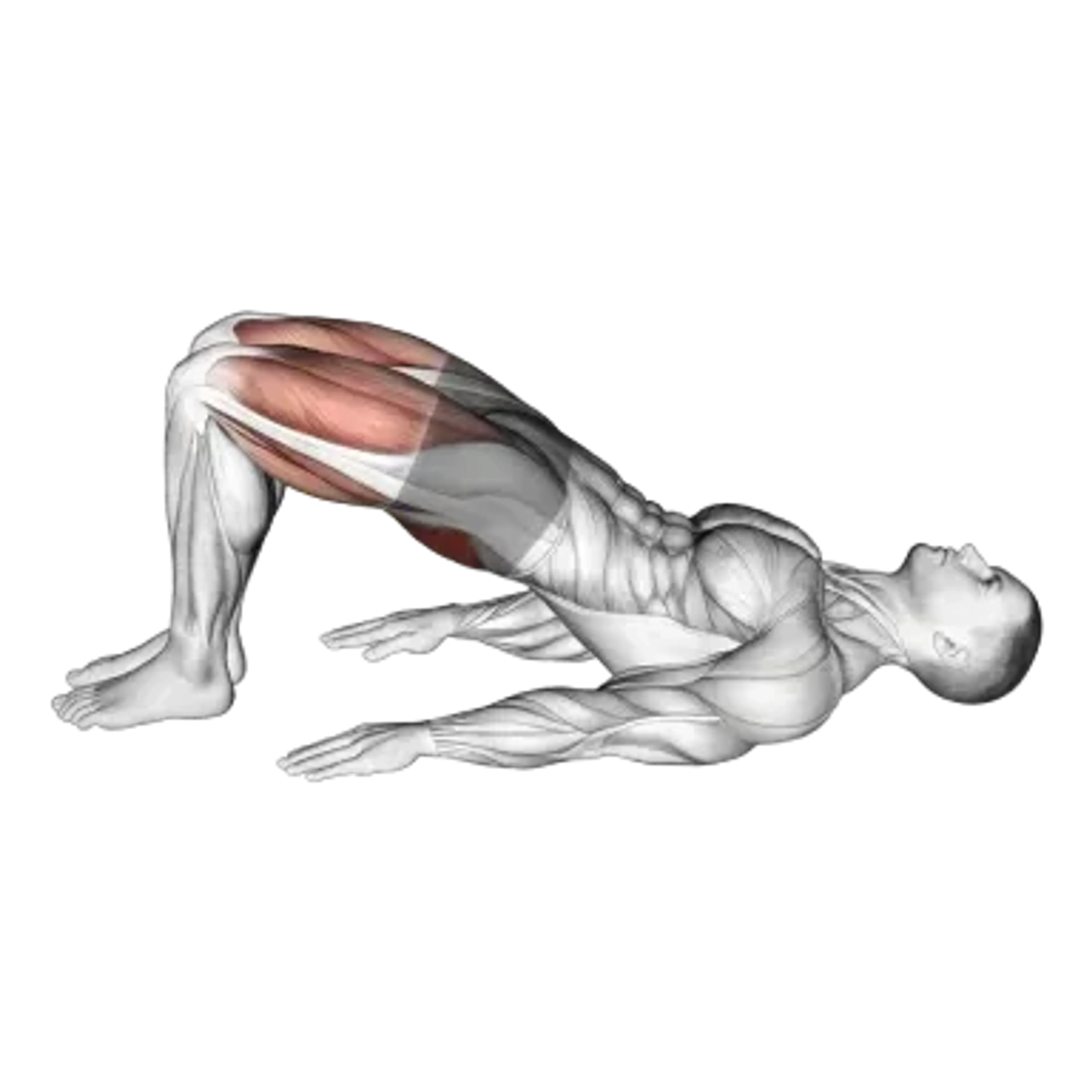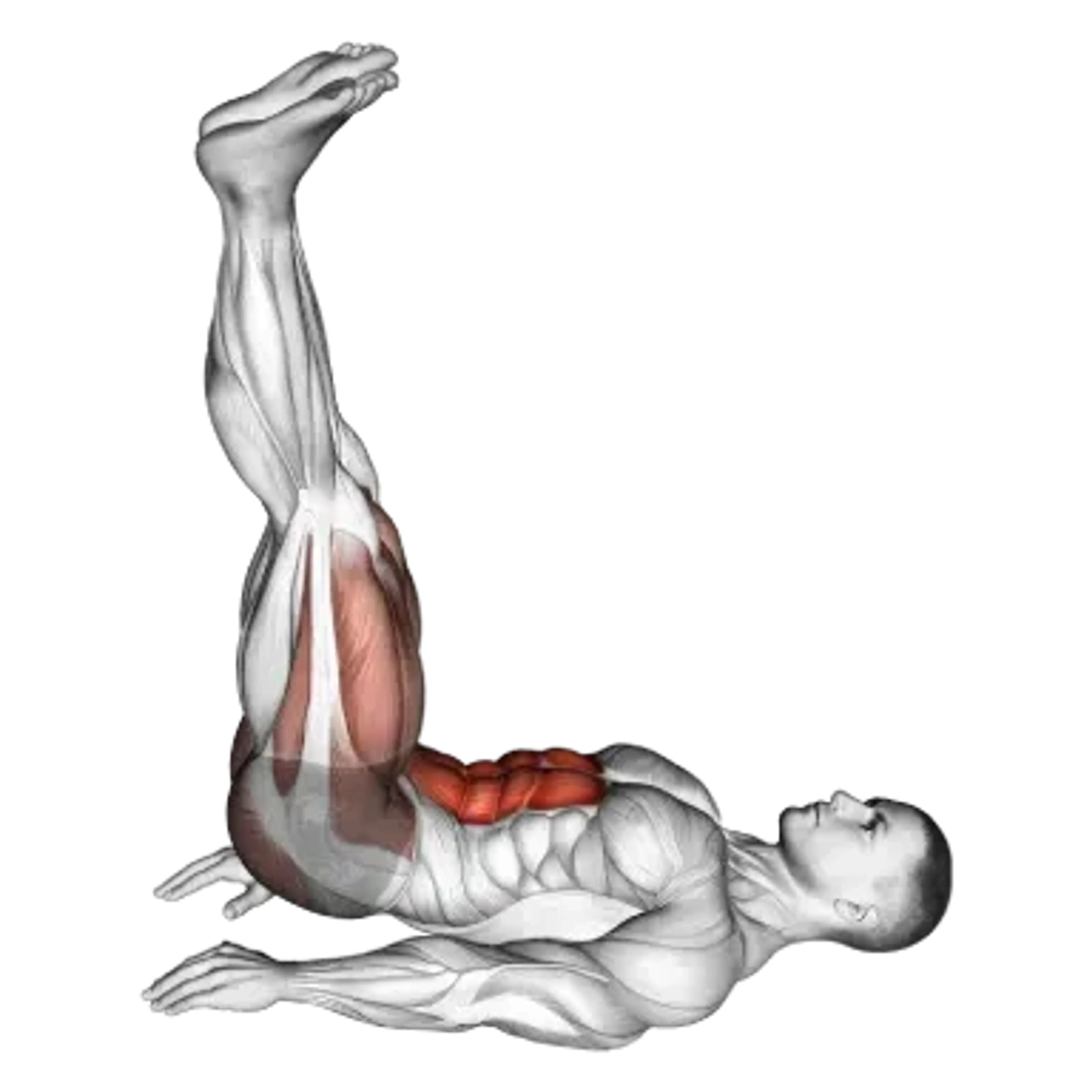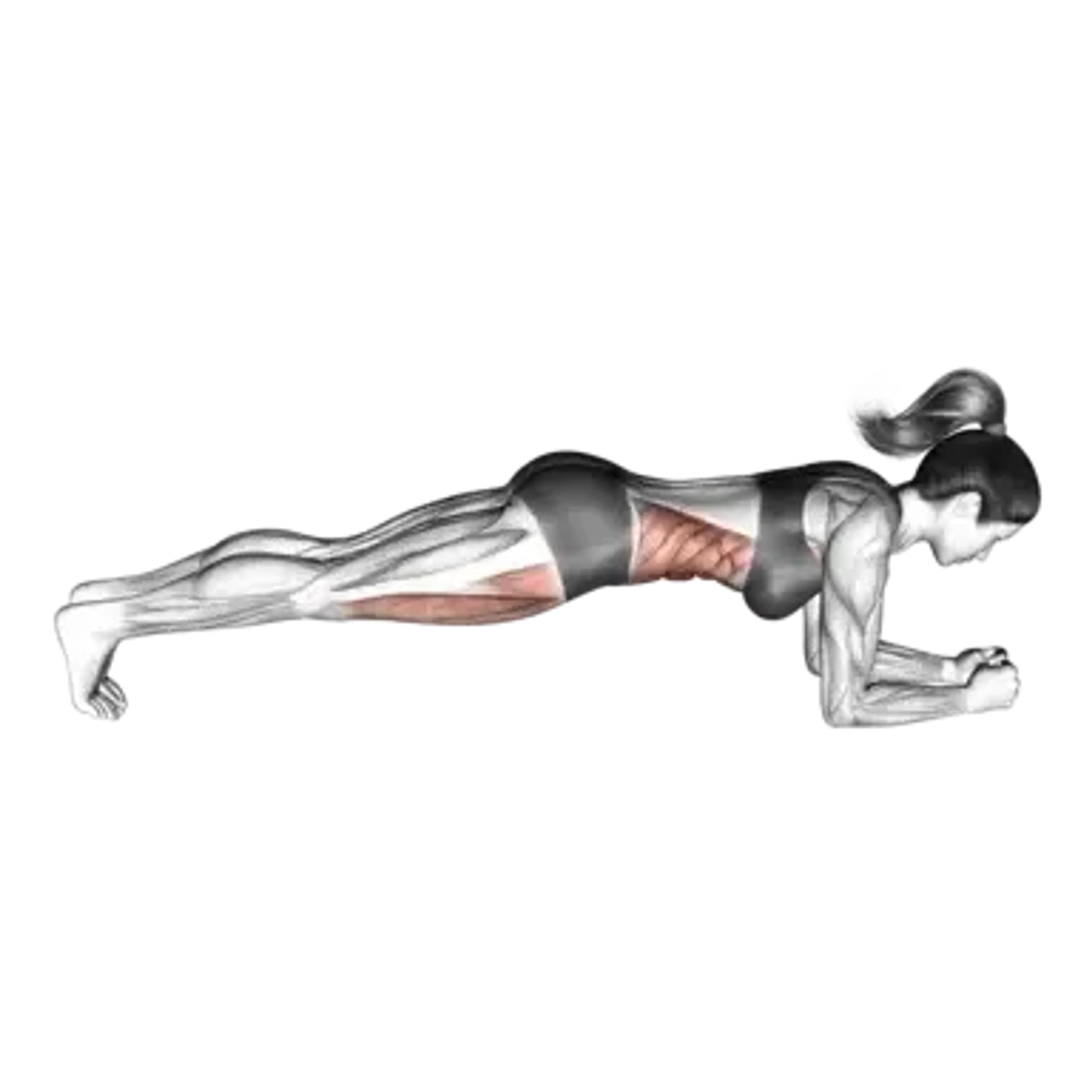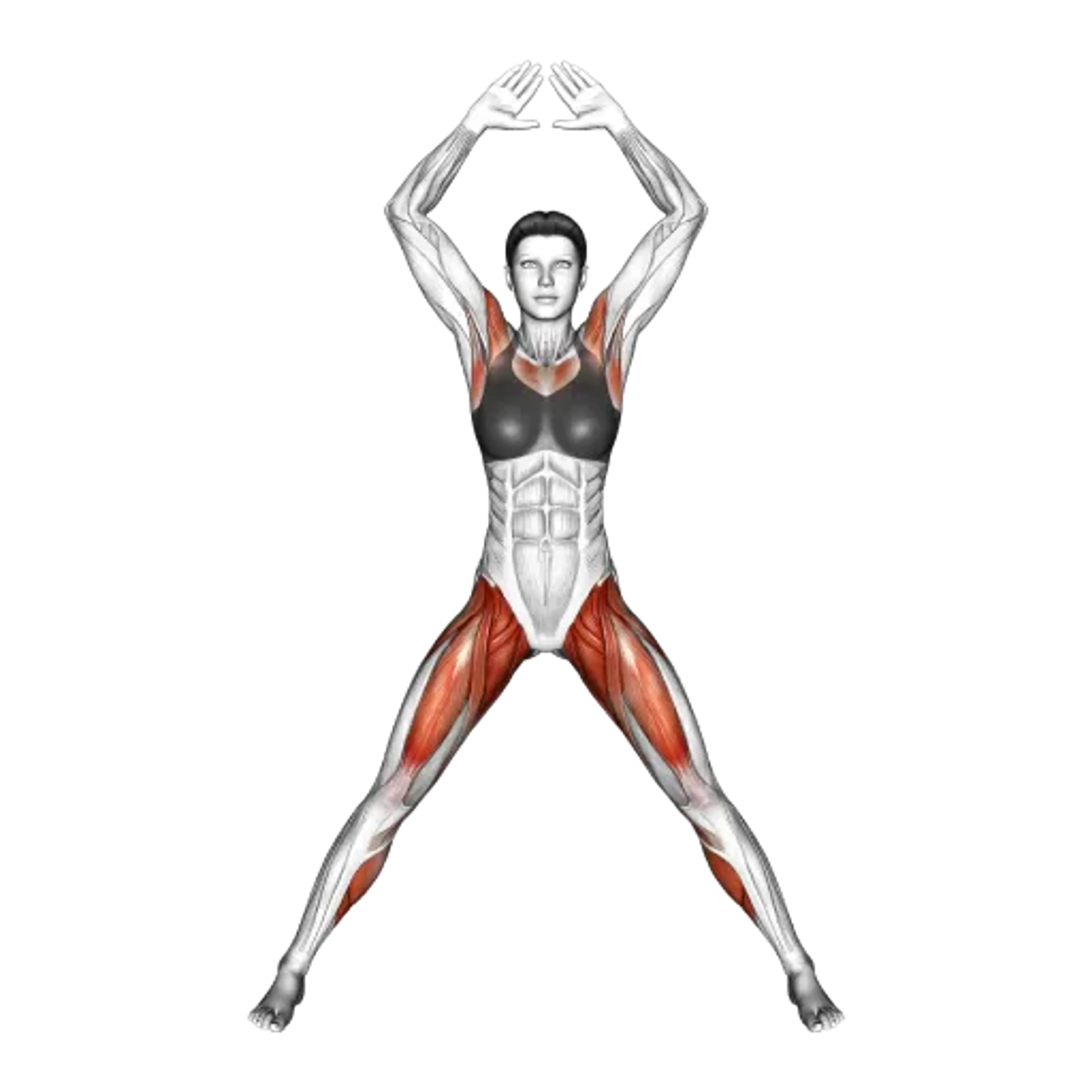If you're just getting started, forget about hitting the gym for an hour every day. That's a surefire way to burn out. Instead, think consistency over intensity. Aim for just two or three 20-minute sessions each week. This approach is far more realistic and helps you build a solid fitness habit that actually lasts. The secret is picking things you genuinely enjoy and then slowly making them more challenging as you get stronger.
Building a Mindset for Lasting Fitness
Before beginning any physical exercise, it's essential to start with the right mindset. A lasting fitness journey relies on resilience and practicality rather than temporary motivation. Many beginners fall into the "all or nothing" mindset, believing intense daily workouts are necessary for progress, which often leads to burnout and quitting. Instead, a sustainable routine is built by recognizing that small, consistent efforts yield significant results over time. The initial goal should be to establish a simple, repeatable habit, providing support on days when motivation is low.
Ditch the All or Nothing Approach
Missing a workout doesn't ruin your progress; it's more important to focus on persistence rather than perfection. Life will bring challenges - illness, work, or the need for rest - and these are all part of the journey. If you planned a 30-minute workout but only have 10 minutes, do it. A brief walk is better than no activity at all, helping you maintain momentum and reinforcing your identity as someone who exercises regularly.
Progress is never a straight line, and a single missed workout doesn't define your journey. Just aim for 80% consistency. That’s enough to build a habit strong enough to withstand life's curveballs.
Overcome Gym Intimidation and Self-Doubt
Walking into a gym for the first time can be intimidating, as the fear of being watched or not knowing what to do is common. Here are some tips to ease those feelings:
- Start at Home: Build strength and confidence with bodyweight exercises, resistance bands, or online workouts in your living room.
- Go in With a Plan: Decide on 2-3 exercises before arriving to avoid feeling lost and to maintain focus.
- Choose Off-Peak Hours: Visit during quieter times, like mid-morning or weekend afternoons, for a more relaxed experience.
Remember, every single person in that gym was a beginner at some point. Confidence isn't something you start with; it's something you build. Each workout you finish, no matter how small, is a win that chips away at that initial self-doubt.
Your First-Week Workout Plan At Home
Starting a workout routine can be challenging, but you don't need a gym or special equipment. Your body is an effective tool, and your living room is a suitable workout space. This plan emphasizes consistency through strength, cardio, and flexibility to form a lasting habit. The goal is to get moving and feel good.
We suggest three full-body workouts weekly, with rest days in between for recovery. Avoid overexertion initially to prevent burnout. Manageable steps help build momentum for lasting change. Listen to your body and adjust as needed; extra rest when sore is helpful.
Sample 7-Day Beginner Bodyweight Workout Schedule
This schedule provides a balanced mix of effort and recovery, helping you build a solid foundation without feeling overwhelmed. The active recovery days are just as important as the workout days for long-term progress.
| Day | Focus | Activity Example (20-30 minutes) |
|---|---|---|
Monday | Full-Body Workout | Bodyweight Circuit (Exercises below) |
Tuesday | Active Recovery | Gentle walk, stretching, or light yoga |
Wednesday | Full-Body Workout | Bodyweight Circuit (Repeat) |
Thursday | Active Recovery | Gentle walk or stretching |
Friday | Full-Body Workout | Bodyweight Circuit (Repeat) |
Saturday | Active Recovery | Longer walk, bike ride, or a fun online dance class |
Sunday | Full Rest | Relax and allow your body to recover completely |
This structure helps your body adapt to the new demands you're placing on it, which is exactly what you want when building a new fitness habit.
Your Beginner Bodyweight Circuit
Here’s the workout itself. You’ll go through each of the six exercises for the listed sets and reps. Take 60-90 seconds to catch your breath between sets. Aim to complete all the prescribed sets for every exercise - the whole circuit should take around 20-30 minutes.
Form is everything. It's far better to do 5 perfect squats than 15 sloppy ones that could lead to injury. If you're not sure how an exercise should look or feel, pull up a quick video tutorial before you start.
Once you build a solid base and feel more confident, you can start exploring more advanced, dynamic movements. For instance, an exercise like the kettlebell snatch is a great next step that builds full-body power and coordination, but you'll want to have your fundamentals locked in first.
Finding Your Space and Essential Gear
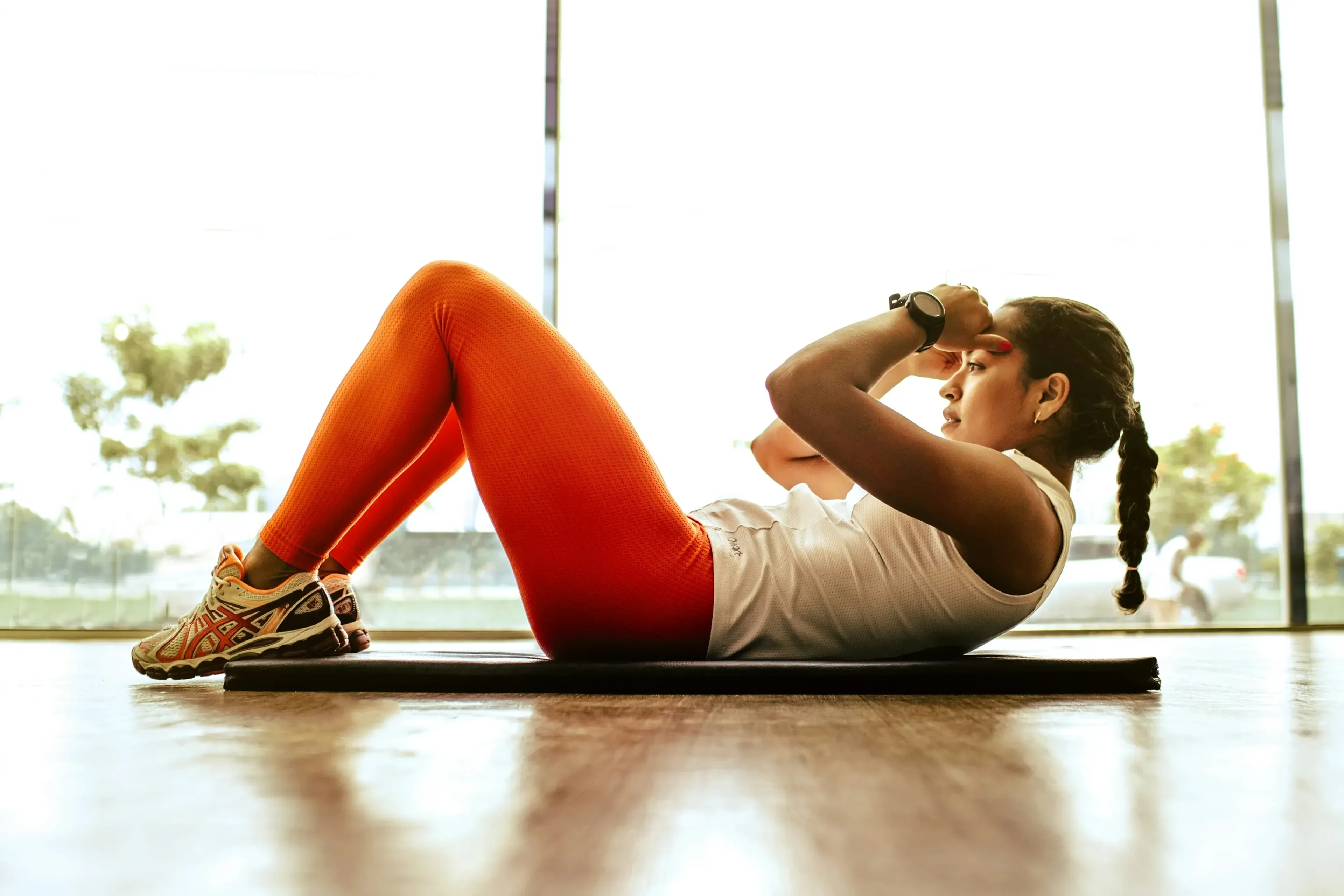
One of the biggest myths that stops people from starting a fitness routine is the idea that you need a fancy gym membership or a ton of expensive equipment. I've seen it time and time again - people get overwhelmed before they even do their first push-up. The truth is, you need very little to get started.
The real goal here is to tear down any and all barriers that stand between you and a workout. If you have to drive across town or set up a complicated machine, it's just one more excuse your brain can use on a day when you're not feeling motivated. Let's focus on creating a simple, functional space that actually makes you want to get moving.
Carving Out Your At-Home Workout Zone
Forget the idea of a dedicated home gym. All you truly need is enough floor space to stretch your arms out to the sides and in front of you without knocking over a lamp. A little patch of cleared floor in your living room, bedroom, or even the garage is perfect.
The trick is to mentally designate this area as your "fitness zone," even if it’s just for 30 minutes a day. Laying down a yoga mat is often enough to flip that switch in your brain. Keep your gear, like resistance bands and a water bottle, in a small basket or box nearby. This simple bit of organization makes getting started feel intentional and effortless.
Must-Have Gear vs. Nice-to-Haves
The fitness industry offers countless gadgets, but you only need a few essentials to start. Avoid unnecessary spending; begin with basics and expand as you progress.
The Essentials (Your Budget-Friendly Starter Pack):
- Supportive Sneakers: Critical for preventing injury and ensuring proper form.
- A Comfortable Mat: Provides a cushioned surface for floor exercises and stretching.
- Resistance Bands: Affordable and versatile for strength building without heavy weights. Check our exercise library for band workouts.
Choosing a Gym That Fits You
If you thrive in a group setting or need specialized equipment, a gym membership can be a wise choice. However, not all gyms are the same. The best ones offer a supportive community rather than making you feel self-conscious.
When visiting a gym, consider:
- Atmosphere: Is it welcoming? A diverse group of people is a positive indicator.
- Cleanliness: Check locker rooms and equipment. A clean space shows management values members' health.
- Convenience: Is it near your home or work? The more accessible it is, the more likely you'll attend regularly.
Simple Nutrition to Fuel Your Workouts
Exercise is important, but nutrition is equally crucial. To maximize the benefits of your routine, focus on simple, supportive eating habits. Avoid complex diets; instead, concentrate on the essentials: what to eat, when, and how it impacts energy and recovery.
The Building Blocks of a Balanced Plate
Your body relies on carbohydrates, proteins, and fats. Each plays a vital role, especially during exercise. A balanced diet ensures your body can perform, repair, and strengthen.
Think of it as building a house: proteins are the bricks, carbs are the mortar, and fats are the wiring.
- Complex Carbohydrates: Main energy source, fueling muscles during workouts. Sources: oats, brown rice, sweet potatoes, whole-wheat bread.
- Lean Proteins: Used for repairing and rebuilding muscle. Sources: chicken, fish, eggs, Greek yogurt, beans.
- Healthy Fats: Important for hormone balance and health, providing slow-burning energy. Sources: avocados, nuts, seeds, olive oil.
You don't need to get bogged down measuring every single gram. Just try to get a source of each on your plate for most of your meals. That’s it.
If you want to make this whole process a lot easier, our guide on meal prepping for beginners has some simple strategies to make sure you always have healthy options ready to go.
Don't Forget About Hydration
Proper hydration is crucial in any fitness plan, as even slight dehydration can impair performance, causing fatigue, dizziness, and weakness. Water aids in joint lubrication and body temperature regulation. While the "eight glasses a day" guideline is a starting point, you'll need more when you sweat. Sip water throughout the day instead of just before a workout or when thirsty. A reusable water bottle serves as a reminder to stay hydrated.
How to Stay Motivated and Track Your Progress
The first few weeks are exciting. Staying consistent after that requires systems that make training easier to choose.
Build Your Support System
Going it alone is tough. We’re social creatures, and weaving a social element into your fitness can transform it from a chore you have to do into something you get to do. That sense of community and accountability is a powerful force for consistency.
One of the best things you can do is find a workout buddy. It could be a friend, a family member, or even a coworker with similar goals. When you know someone is waiting for you at the gym or expecting a text that you finished your home workout, you're so much less likely to bail.
Track Progress Beyond the Scale
If the only thing you're tracking is the number on the scale, you’re setting yourself up for a world of frustration. Your weight can fluctuate daily for all sorts of reasons that have nothing to do with real progress. A far better and more motivating approach is to focus on what people call "non-scale victories" (NSVs).
These are the real-world signs that your hard work is paying off. They’re tangible proof that you’re getting stronger, fitter, and healthier, even when the scale is being stubborn. This shift helps you learn to appreciate what your body can do, not just what it weighs.
Handling Missed Workouts with Grace
Life can bring unexpected events like illness or work, leading to missed workouts. This is not a failure, but part of the journey. Focus on resilience rather than perfection, and avoid letting one missed session extend into a week.
Steer clear of an "all-or-nothing" mindset. If you skip Monday, aim to resume by Wednesday. Guilt and punishment are unnecessary - acknowledge, let go, and concentrate on your next opportunity to exercise. Consistency, not perfection, is crucial for lasting success.
Quick Answers to Common Questions
How often should I actually work out?
For the first couple of months, train two to three times per week on non-consecutive days. A simple split is Monday, Wednesday, and Friday. On off days, try an easy walk or light mobility session to keep blood flowing.
Is soreness a good sign?
That deep next-day ache is called DOMS. It means you challenged your muscles, but crippling pain isn’t the goal. Treat soreness as feedback, not a badge of honor. If you’re excessively sore, shorten the session or reduce intensity next time.
How long until I see results?
It depends on your goals, but a general pattern looks like this:
- In 2-4 weeks: feel changes first - more energy, better sleep, easier workouts
- In 8-12 weeks: start seeing visible changes, clothes fit better
- After 6+ months: big improvements in strength, stamina, and body composition
Progress isn’t linear. Some weeks you’ll surge, others you’ll hold steady. Keep showing up.
Can I start working out at any age?
One hundred percent, yes. The notion that fitness is only for the young is a total myth. Your body is made to move, whether you’re 18 or 65. It's never, ever too late to start.

